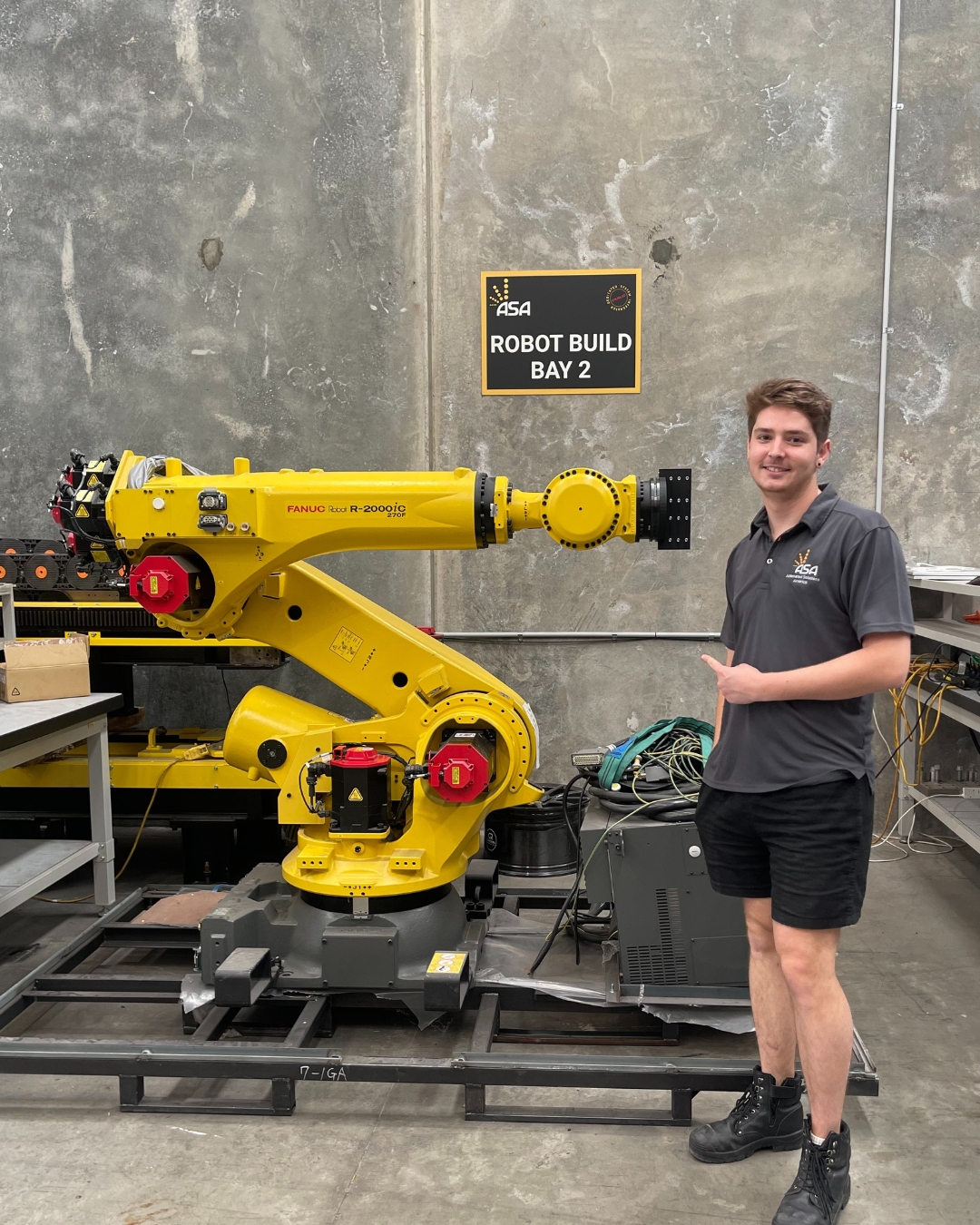In the midst of modern manufacturing, robotic arms are changing the rules of production, mixing quality, safety, and efficiency in ways that were impossible to imagine. These amazing machines, commonly referred to as robot arms, are indispensable in the global manufacturing industry driven by the pressing need to reduce operating costs while ensuring high standards of quality. Robotic arms are integrating into production lines in order to reduce cost and increase safety. Let’s examine how these groundbreaking machines are transforming the landscape of industrial production.

Image credit: automatedsolutions.com.au
The primary force behind the global surge in robotic arm adoption is cost efficiency. The increasing pressure on factories to reduce production errors, material waste and workplace accidents is constant. Robotic arms are specifically designed to solve these issues. In contrast to human workers, robotic arms perform routine tasks with precision which eliminates costly errors and reducing waste of raw materials. For instance, in large-scale industries such as automotive manufacturing arms ensure exact welding and part placement, ensuring flawless assembly every time. This quality of work can result in significant savings as less defective products means less work and less waste.
Safety is the second main element in the development of robot arms. Certain manufacturing processes like handling hazardous materials, or utilizing machines that are heavy can pose dangers for humans. Utilizing robot arms, businesses can remove workers from dangerous areas. This lowers the risk of workplace injury. A robotic arm, constructed as a kinematic ring of flexible joints, mimics functionality of a human arm but without the danger of physical injury. Equipped with programmable end effects essentially robotic hands they can perform tasks such as grasping, spinning or welding in environments which are dangerous for humans.
Robotic arms are an exciting development in many industries due to their adaptability. Robot arms can be adapted to many different tasks. From assembly of automobiles, to electronics production. The fact that they can be programmed allows them to perform complex operations like machine tool tending, painting, or fiberglass application with unmatched quality and consistency. Robotic arms have transformed the process of palletizing in warehouses by automating it with speed and precision. Automation does not just increase efficiency but also ensures the reliability of robots, since they can operate tirelessly without fatigue.
Cobots are a brand new type of robots that operate in conjunction with humans. As opposed to traditional industrial machines that are limited to isolated cells. Cobots fitted with robotic arms are designed for a safe, seamless interplay with humans. In a workplace cobots’ robotic arms could be able to handle difficult lifting or tasks that are repetitive, allowing humans to concentrate on more complex responsibilities. The cobots stop or change their movement in the event that they spot a worker in the vicinity.
Robotic arms have a profound influence on the modern production, and not only in terms of safety and efficiency. They are indispensable to industries that require high accuracy in tasks like welding, assembly or material handling. For instance, in automotive production, a robotic arm is able to rotate and move components during assembly, ensuring the perfect alignment of parts without human intervention. Robot arms can also be used in electronic devices to handle fragile components. This prevents damage and increases output quality.
Robotic arms are likely to gain importance as industries evolve. They are a cornerstone for manufacturing’s future due to their ability to cut costs, increase security and adapt to various tasks. Robot arms, that combine modern technology with human imagination, are not only tools they are also partners in the process. They drive innovations and revolutionize the way the world is built.